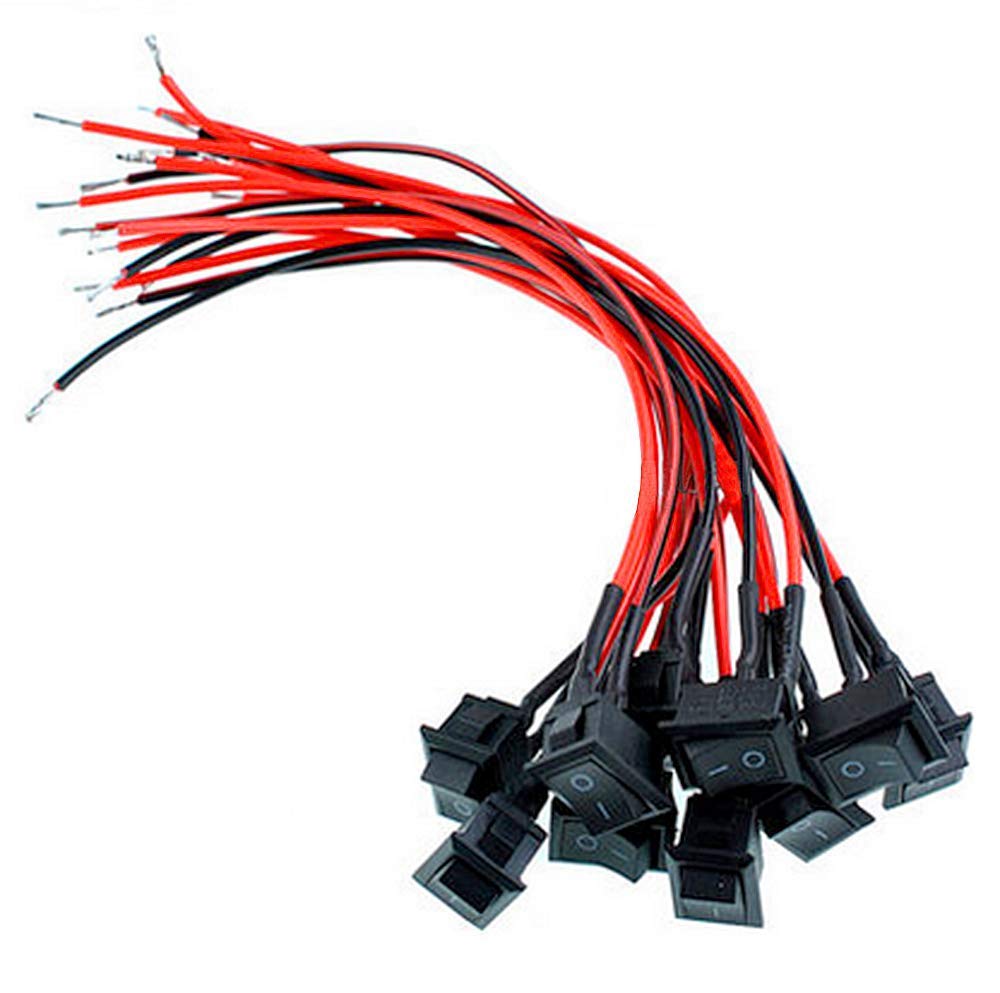Here is my version of the screw switch and ebay. It fits inside a 54mm coupler. It is made from a sandwich of single sided PCB and 3D printed PLA. It is made tall enough to place the switch just beneath the body of the rocket to make it easy to reach with a screw driver. I used copper foil for the connections from top to bottom of the stack. During assembly I can adjust the friction on the screw so that it turns easily with a screw driver but wont turn due to vibration.
View attachment 382269
The top view of the rest of the ebay. There is a cut out area underneath each altimeter to allow for the components on the bottom side of the PCB. The board are spaced off the surface of the sled by a flat washer to allow air flow.
View attachment 382270
The bottom of the ebay. I don't like the idea of putting tie wraps around LiPo batteries to hold them in place so I created a well with a cover to hold mine in place. The SL-100 is powered by two batteries wired in series. Each battery has a plug so I can just unplug them to recharge them.
View attachment 382271
The ebay has survived several hard landings with no ill effects. Not the lightest way to build it but it works for me.























